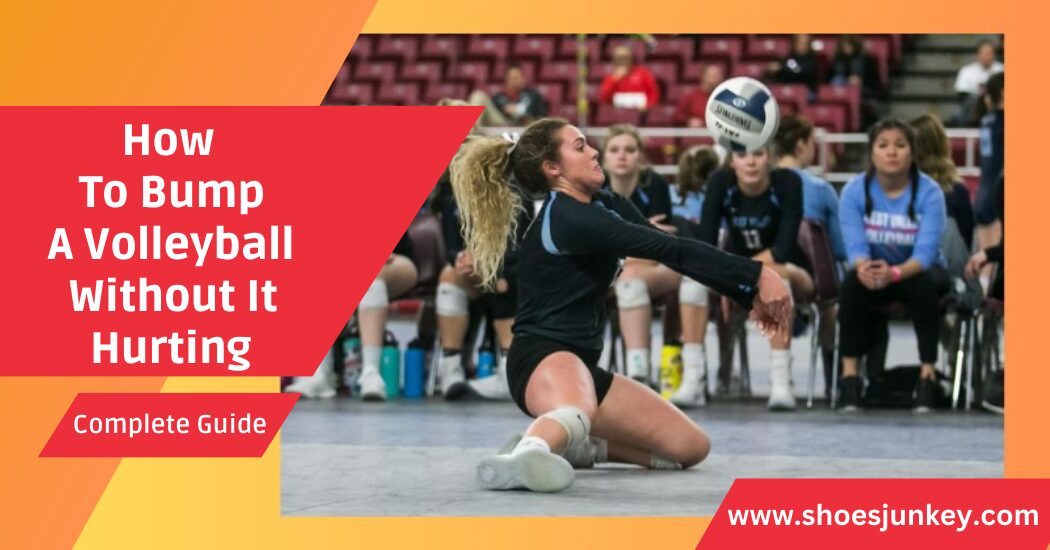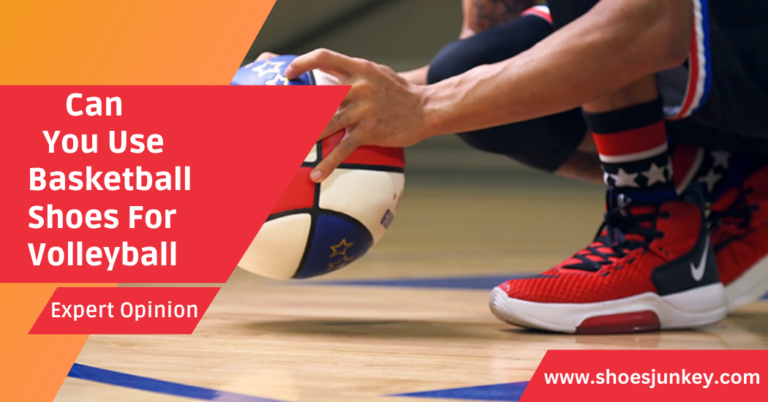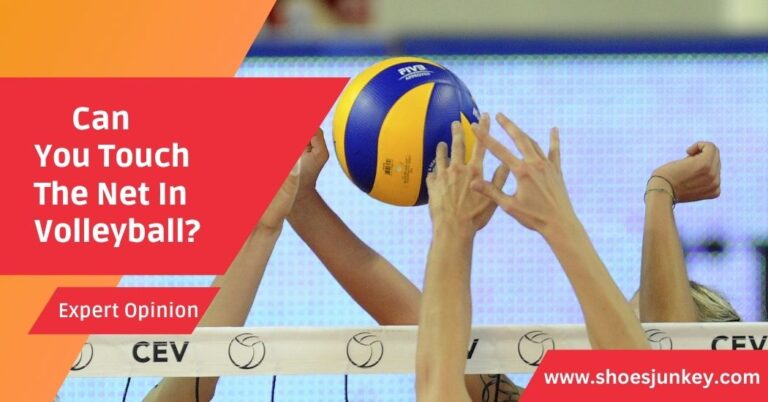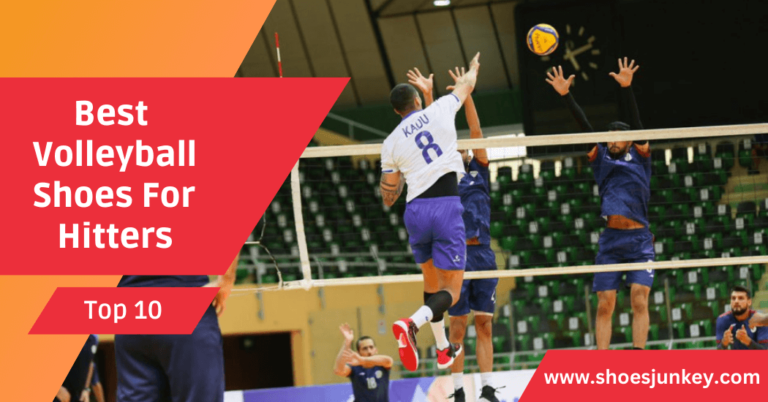How To Bump A Volleyball Without It Hurting?
As a beginner in the world of volleyball, learning the art of bumping can be a challenging and sometimes painful experience. But don’t worry, you’re not alone! Many new players struggle with finding the perfect technique to avoid discomfort and injury while bumping the ball.
In this guide, we’ll explore the key components of a successful bump, how to minimize pain and discomfort during the process and the importance of proper technique for long-term success.
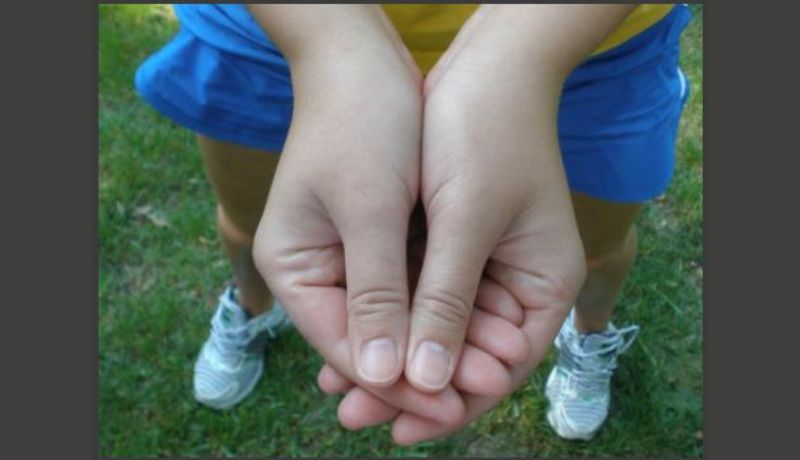
Understanding the Basics of Volleyball Bumping
Bumping is essential in volleyball as it helps the team maintain control of the ball and initiate offensive plays. Mastering the skill of bumping is crucial for any volleyball player, regardless of their position on the court.
In volleyball, bumping, or a pass, is the first touch on the ball after it comes over the net from the opposing team. The primary goal of bumping is to direct the ball toward the setter to set up an offensive play.
Body Position and Posture
Following are the way you should position your body before, during and after the bump:
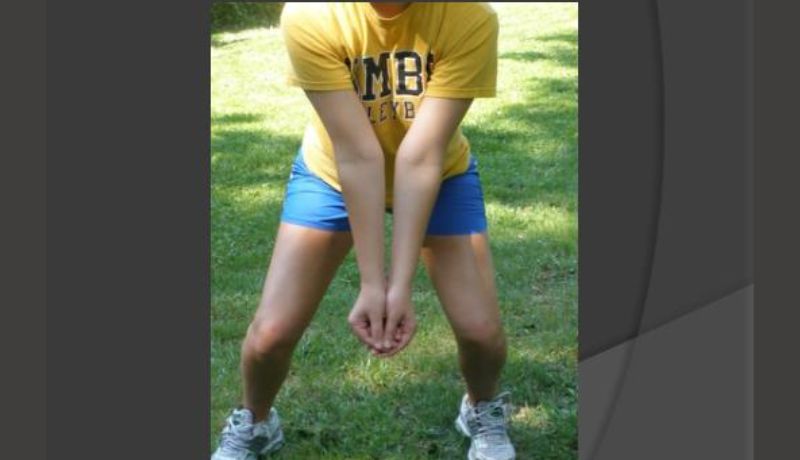
Proper Stance for Bumping: When getting ready to bump the ball, stand with your feet shoulder-width apart, bend your knees slightly and keep your hips low. This stance helps you maintain balance and control over your movements.
Alignment of Feet, Knees and Hips: Ensure that your feet, knees and hips are properly aligned to provide stability and balance while preparing for the bump. This alignment also helps you maintain an appropriate body position.
Maintaining a Balanced and Stable Body Position: A balanced and stable body position during bumping allows for better control over the ball and reduces the risk of injury. Remember to keep your core engaged and maintain a slight bend in your knees for added stability.
Hand Placement and Technique
To form the correct hand placement for bumping, interlock your fingers and place one hand over the other. Avoid snapping your wrists as this may cause the ball to bounce off your arms at an unpredictable angle.
Use Forearms Effectively: When bumping the ball, contact should be made on the forearms, not on the hands. This ensures that the ball bounces back in a controlled manner.
Avoiding Common Mistakes in Hand Placement: To prevent common hand placement mistakes, such as overarching the back and using incorrect hand angles, focus on keeping your arms straight and wrists in a neutral position.
Tips for Minimizing Discomfort and Injury
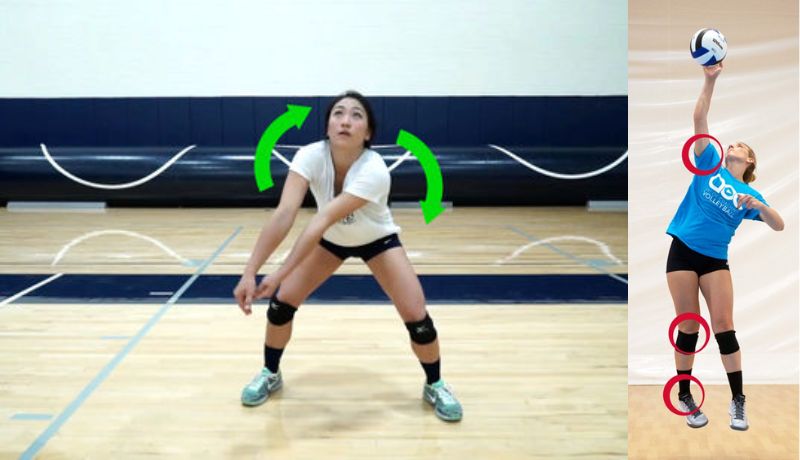
To minimize discomfort and potential injury while bumping in volleyball, a few key practices can be implemented:
- Wear Protective Gear: Consider wearing elbow pads or long sleeve shirts to reduce the direct impact of the ball on your skin. This can prevent bruising and skin abrasions.
- Warm Up: Always warm up before a game or practice session. This can include light cardio, stretching, or sports-specific movements to get your body ready for action and reduce the risk of muscle strains or sprains.
- Practice Good Technique: Constantly hone your bumping technique. A good technique not only enhances your performance but also ensures you are hitting the ball in a way that minimizes potential harm to your body.
- Strength and Conditioning: To prepare your body for the physical demands of volleyball, consider incorporating strength and conditioning exercises into your routine. This can help to improve your overall fitness, flexibility, and resilience, reducing the risk of injuries.
- Recovery: After a game or practice session, take time to cool down and stretch. This can help to alleviate any immediate discomfort and promote muscle recovery.
Remember, the goal is to enjoy the game of volleyball while also taking care of your body. It’s always worth investing time in practicing good form, warming up before each session and taking steps to protect yourself from injury.
Safety should always come first in any sport – volleyball is no exception. So, take the time to perfect your bumping technique and have fun on the court! Keep learning and improving and soon you’ll be a pro at bumping in no time. See you on the court!
Common Mistakes to Avoid while Bumping
While learning the art of bumping can be challenging, it’s essential to avoid common mistakes that can hinder your progress. Here are some errors you should look out for:
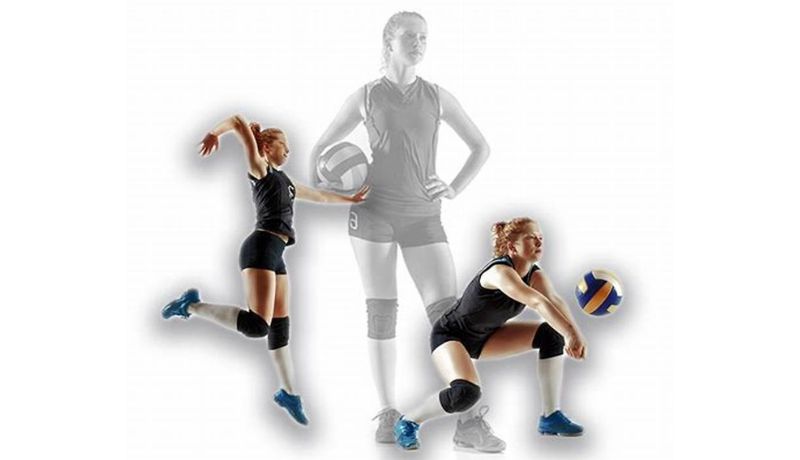
- Incorrect Footwork: Make sure you have a solid foundation with proper footwork before attempting to bump the ball. Your feet should always be in line with the direction of the ball. Avoid crossing your feet or making any sudden movements that could throw you off balance.
- Poor Body Position: As mentioned earlier, maintaining a balanced and stable body position is crucial for an effective bump. Keep your knees slightly bent, engage your core and avoid leaning too far back or forward while bumping.
- Using Hands Instead of Forearms: This is a common mistake for beginners, but using your hands instead of forearms can result in unpredictable and uncontrolled ball trajectories. Remember always to use your forearms when bumping.
- Lack of Communication: In volleyball, communication between teammates is vital. Make sure to communicate with your teammates before making a bump to avoid confusion or accidental collisions.
By avoiding these common mistakes and continuously working on your technique, you can become a skilled and reliable bumper in no time. Keep practicing and learning from experienced players to improve your skills and contribute to the success of your team.
Overall, mastering the skill of bumping in volleyball takes time, practice and dedication. But with proper technique, body positioning, hand placement and injury prevention measures, you can become a valuable asset to your team and excel in the game. Remember to always prioritize safety and have fun while perfecting your bumping skills! Keep learning, keep practicing and happy bumping!
Conclusion:
Bumping a volleyball may seem like a simple task, but it requires proper technique and practice to avoid any potential pain or injury. By utilizing the tips and tricks mentioned in this blog post, you can perfect your bumping skills and become a stronger volleyball player. Remember to always start with a strong base stance, use your entire body to generate power and keep your arms relaxed yet firm upon contact with the ball.
Don’t be discouraged if it takes time to master this skill – like any aspect of volleyball, it takes patience and dedication. So go out there and put these techniques into practice! As they say, practice makes perfect.

